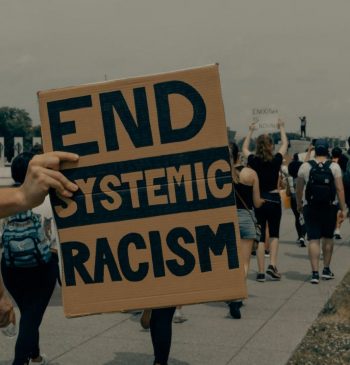17 Feb

As the world faces increasingly complex problems, right around the world, governments, companies and NGOs are turning to data as a way to find solutions.
And while some data-driven social solutions might be obvious, the advancement of data and analytics capabilities has meant these solutions are getting increasingly creative.
Here are four ways in which data is being used for good that you might not have expected.
1) Solving traffic jams
The official definition of data for good defines it as ‘using data for public benefits’. And what could be of greater public benefit than helping speed up slow motorways for citizens stuck in traffic?
Governments around the world are now looking at traffic data to find ways to beat traffic and take the pressure off stretched public transport systems. UNSW senior lecturer Meead Saberi recently explained how data scientists have been using epidemic data modeling techniques and applying them to traffic jams around the world to better understand how traffic ‘spreads’.
The use of these models can be used to provide aggregate information on the percentage of links in a traffic network that are blocked up. This can then be used by governments to introduce perimeter traffic control or improve signal timings.
2) Helping vulnerable citizens
Given the breadth of social data available from the public sector, it is now possible for governments to use this data to identify members of society who might be in need of assistance. For example, by combining birth data with data about later maltreatment of children, the University of California at Berkeley has been able to identify the factors that are indicative of substantiated child abuse by the time the child turns five.
Similarly, governments are starting to turn to data to understand and prevent homelessness. By identifying individuals who are more at risk of becoming homeless using historical data – such as prior use of a shelter and moving multiple times in a short period – governments can direct more resources towards these citizens.
3) Fighting fires
With Australia having last year experienced one of the worst bushfire seasons on record, the government has been looking for ways to help emergency responders using data. In NSW, the state government has launched a Digital Twin as a four-dimensional visualisation platform to help authorities map and protect vital locations during a disaster, such as a bushfire.
The Digital Twin maps the locations of telecommunications towers to reduce the likelihood of these telecommunications towers being destroyed during a fire. It follows a review into the last bushfire season that found the destruction of critical communications infrastructure left emergency responders and at-risk communities at risk during the fires.
4) Solving water poverty
Data scientists have been looking at ways to solve water poverty in the Central African Republic through optimising well placement in certain communities. Not-for-profit Water for Good recently devised a plan to strategically drill new wells based on a number of variables, including existing well locations, maintenance records, usage rates and natural water access.
This has helped the group make data-driven decisions which help provide clean, lasting water in these communities, with the goal of eliminating water poverty in the Central African Republic by 2030.
At smrtr, we have launched the smrtr for Good initiative as a way to achieve positive community change using data. It provides pro bono consulting and data, funds PhD research and directs a portion of our revenue to the Business for Good scheme. Click here to find out more.
By Georgie Brooke, Chief Executive Officer at smrtr



